Menu
Trees are vital to our environment, providing shade, beauty, and ecological benefits. However, sometimes trees develop structural weaknesses that cause dangerous situations or loss premature tree removal emergencies. With that in mind, tree cabling allows property owners to support these weakened branches or limbs. Driscoll Tree Service can provide pertinent information and guidance if you are uncertain about tree cabling. Let's explore what tree cabling is to help you make an informed decision.

Hiring a tree care company for professional cabling services ensures support for weak branches and reduces the risk of failure. This process helps maintain the tree's structure by distributing stress evenly across the tree. Cables are usually made of high-strength steel and are attached to bolts installed in the limbs that require support. Arborists recommend this method because it is useful for large trees with significant value.
Tree cabling offers many benefits. It enhances the safety of your loved ones and property. By stabilizing weak branches, arborists mitigate the risk of branches breaking and causing damage or injury. Another benefit of cabling is preserving valuable trees. Instead of scheduling emergency tree removal projects, cabling allows trees to remain in place for aesthetic and environmental benefits. Reducing the strain on weaker branches allows the tree to allocate more resources to overall growth and vitality.
Tree cabling becomes necessary in several scenarios. One common reason tree service experts recommend cabling is to prevent risky situations like splitting. In addition, trees with significant structural defects, such as cracks or decay, benefit from the added support of cabling. Consulting certified arborists can help you determine if cabling is necessary.

Experts recommend two primary types of cabling tree service: static and dynamic. Static cabling systems use rigid cables and bolts to provide permanent support, which is ideal for trees with significant structural issues. On the other hand, dynamic cabling systems use more flexible materials like synthetic ropes, allowing for natural movement while still providing support. Dynamic systems are often used for younger trees or those with less severe structural problems, as they promote natural growth and flexibility.
Once a tree cabling system is installed, regular maintenance and monitoring by a tree care company are crucial. Cables and bolts can deteriorate over time, especially under harsh weather conditions. An arborist should inspect the system periodically to ensure it remains effective and make any necessary adjustments or replacements. Proper maintenance helps extend the lifespan of the cabling system and the tree itself, ensuring ongoing safety and health.
Tree cabling is valuable for managing and preserving trees with structural weaknesses. By providing additional support, cabling enhances trees' safety, health, and longevity. Whether dealing with a beloved old oak or a young sapling, Driscoll Tree Service can provide cabling services to maintain a healthy and beautiful landscape. We conduct regular inspections and proper maintenance to ensure the cabling system's effectiveness, securing our trees' future.
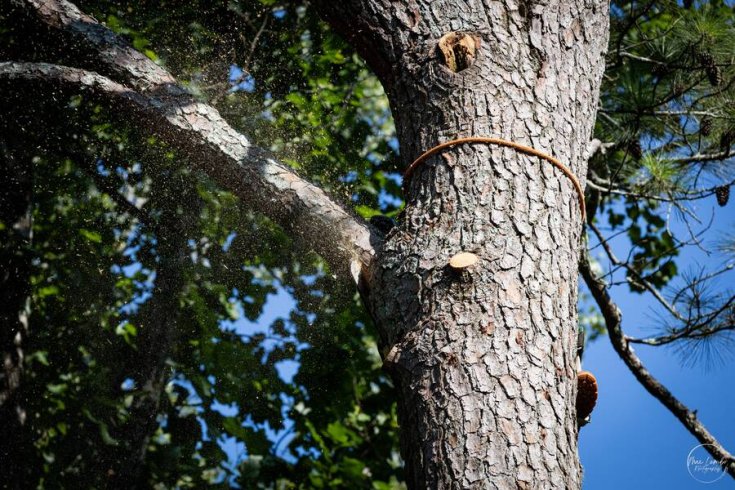
5 Essential Tips for Emergency Tree Removal Trees provide shade, beauty, and a habitat for wildlife. They also convert the carbon dioxide we breath out into fresh oxygen. However, there are times when their removal becomes unavoidable. Whether it's due…
Read More
Facts About Winter Tree Planting Planting trees is a major decision that requires consideration of crucial factors like planting time, soil quality, tree type, and tree placement. While most people often avoid landscaping projects during the cold months, winter is…
Read More
Why Should You Hire a Tree Company for Safely Tree Removal On the face of it, you may think that tree removal is a DIY task. After all, it’s all about wielding a chainsaw and felling a tree, right? Wrong.…
Read More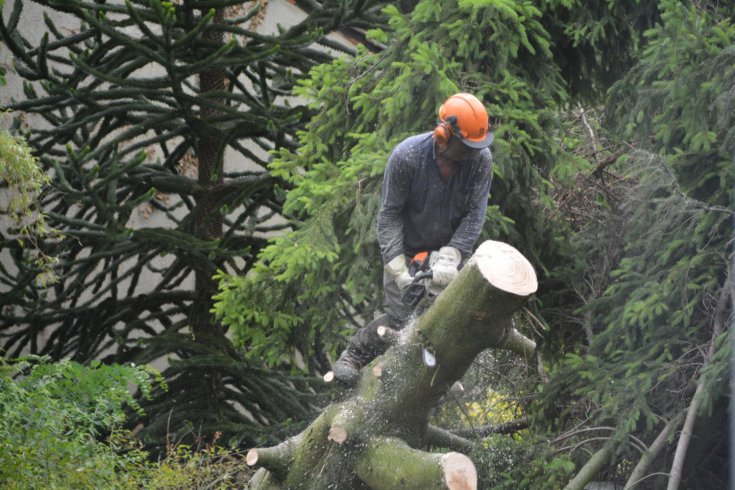
How Professional Tree Services Handle Large or Hazardous Trees Large or hazardous trees can quickly turn into serious threats on your property, and dealing with them safely requires far more than basic yardwork. You might look at a towering trunk,…
Read More
3 Reasons to Have Your Fruit Trees Trimmed This Year Tree trimming might seem like just a haircut for your trees, but it’s much more than aesthetics when it comes to fruit trees. Annual trimming plays a vital role in…
Read More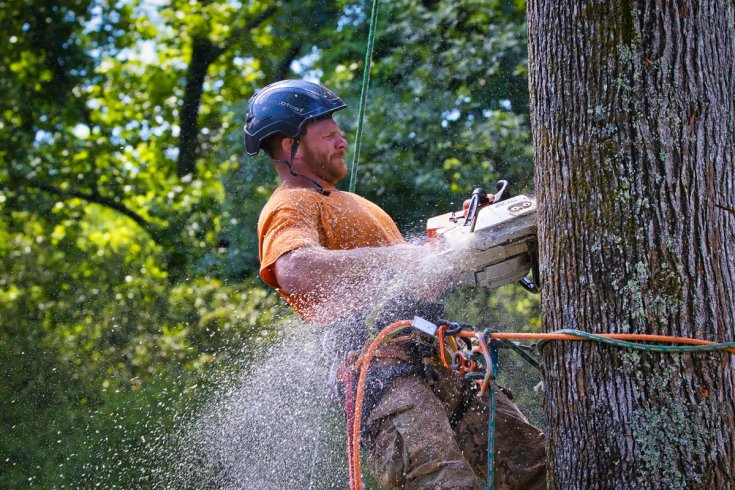
Why Dead Trees Should Be Removed Trees are a valuable addition to any landscape. However, dead trees pose safety hazards and should be removed before things get out of hand. Many property owners usually ignore telltale signs of deterioration until…
Read More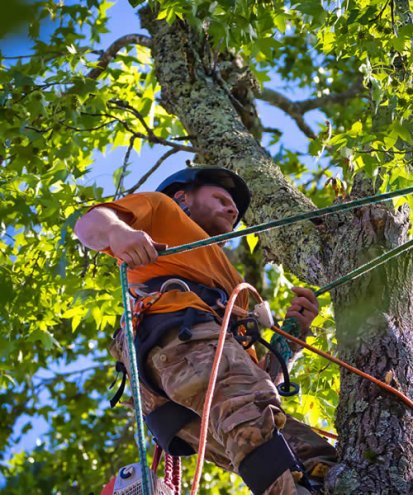
Will Pruning a Diseased Tree Help It Survive? Detecting signs of deterioration in your trees can be quite frustrating, especially if irreversible. Luckily, scheduling routine maintenance inspections with a professional tree care company helps detect trivial signs of infection or…
Read More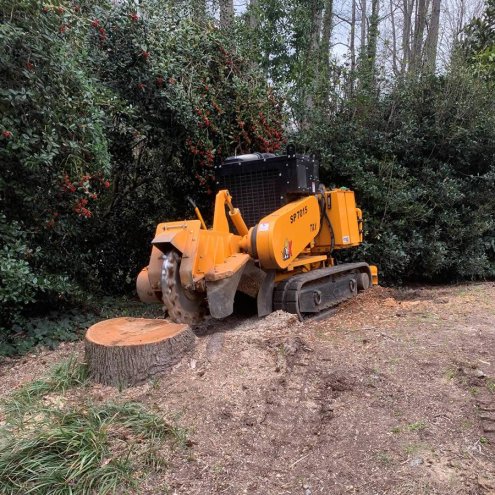
Why Stump Grinding Is an Important Part of Tree Removal We hate to see a tree go. Most homeowners do. After all, trees offer shade, privacy, and character to a yard; some even give us delicious fruit. So, taking one…
Read More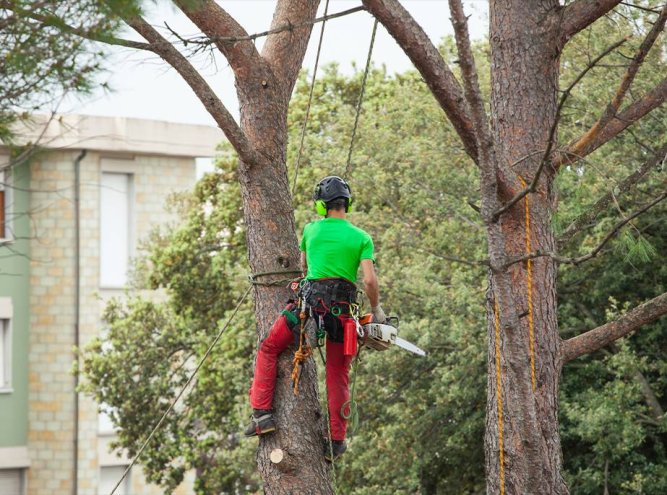
Seasonal Tree Care Tips: Summer Edition As summer kicks into full gear, trees in your yard require special attention to stay healthy and vibrant. As a trusted tree care company, Driscoll Tree Service provides routine inspections and maintenance to protect…
Read More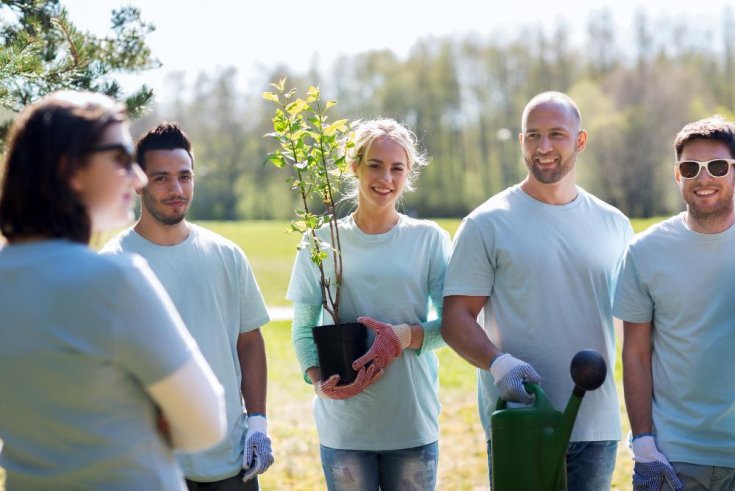
Why Trees Are So Important to Your Community As Arbor Day approaches, it reminds us of the significance of trees in our communities. Besides aesthetic appeal, trees are vital in enhancing the quality of life for humans and wildlife. From…
Read More